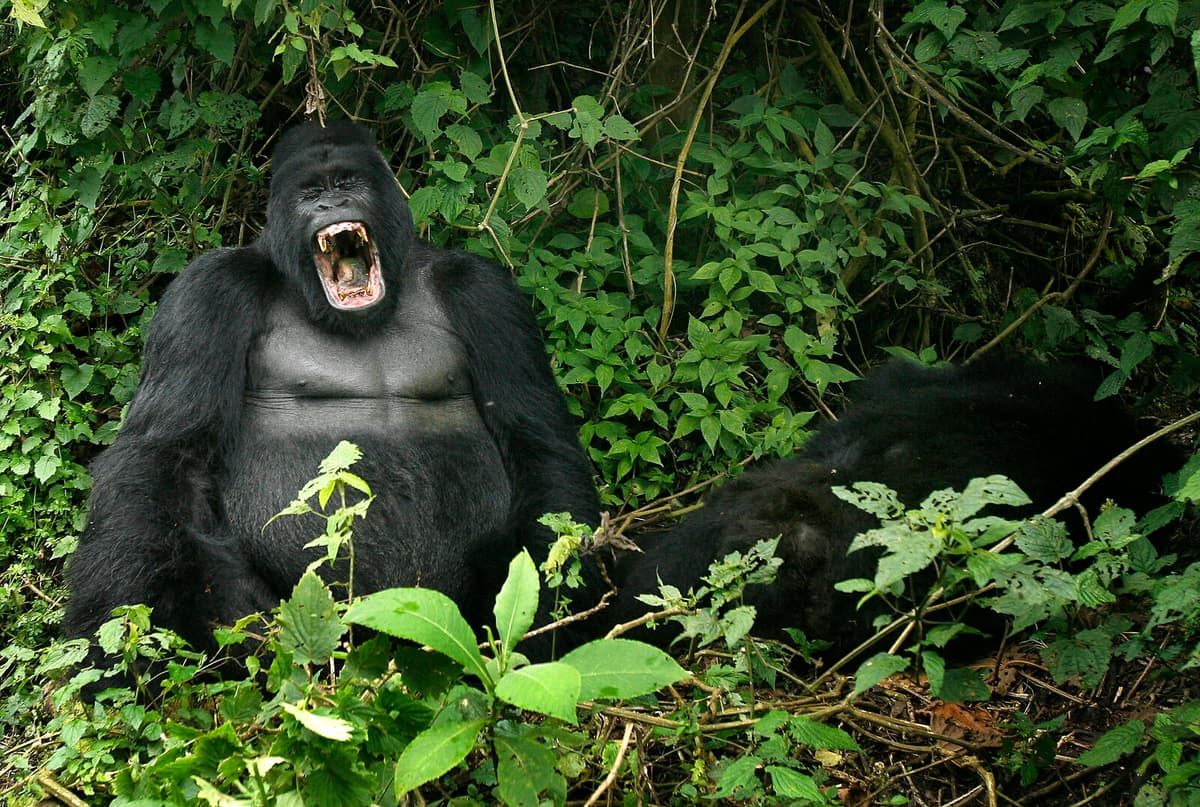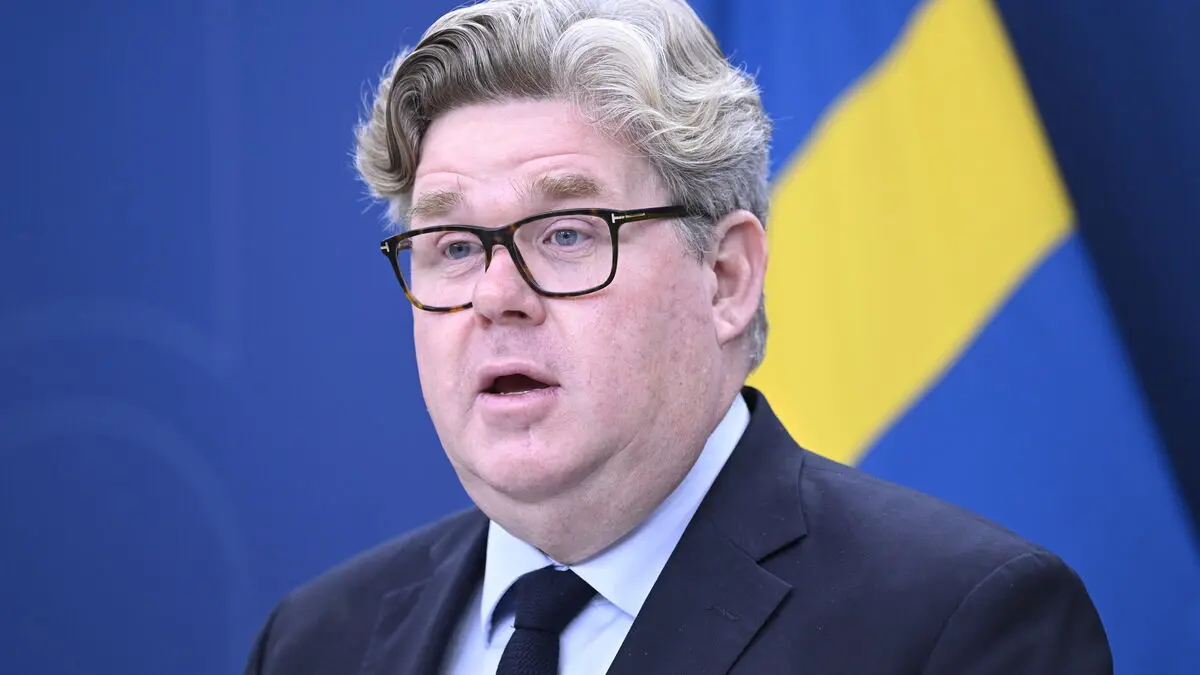+ In Kenya in East Africa, the US has supported a number of wildlife conservation areas owned jointly by villages and ethnic groups. Together with several smaller private reserves, these areas cover 18 percent of Kenya's land area - areas where the majority of Kenya's wild animals live. USAID has accounted for 60-80 percent of their budget. The risk is now apparent that several areas will be converted into arable land, writes several American newspapers.
+ In Mozambique in southeastern Africa, the wildlife in Gorongosa National Park has been restored after being almost wiped out. Now the park is home to over 110,000 large mammals, including 65,000 waterbuck, Africa's largest population of the species. USAID has contributed $5 million annually to the park's maintenance. Now the entire project is threatened by the removal of support.
It means lost opportunities for nature conservation and tourism, which will make local communities more prone to instability and influence from terrorists, says Jay Knott, former USAID employee, to the New York Times.
+ In southern Africa, USAID has invested heavily in supporting the construction of large nature reserves that stretch across several countries, and in South Africa, they support a project to build good relations with the local population near Kruger National Park - all to reduce poaching of rhinos in the park. What is happening now is unclear.
+ In the Congo Basin in Central Africa, support for national parks and reserves has been withdrawn. As a result, the salaries of the wildlife guards have been cut, which has resulted in fewer patrols to find and combat poachers, according to Mongabay, an online magazine for environmental and nature news.
+ Virunga National Park in the Democratic Republic of Congo, where a third of the world's mountain gorillas live, has received $23 million from USAID annually since 2019, vital support in a region where poachers and militias have ravaged for a long time. Now there is no future plan for the park.
+ In Namibia in southwestern Africa, the work to combat poaching has partially ceased since support for the jointly owned nature reserves in the country has been withdrawn.
+ On Sumatra in Indonesia, the wildlife conservation patrols in Leuser National Park have decreased drastically since the US support was cut. The park is home to important populations of orangutans and tigers and possibly the last viable stock of Sumatran rhinos, writes Mongabay.
+ In Southeast Asia, a large project is underway to conserve species and ecosystems in the heavily exploited and threatened Mekong River, which flows through six countries. Through the project, a fish species thought to be extinct has been rediscovered, and individual marked specimens of a giant stingray, the world's largest freshwater fish. Now all conservation work is threatened since USAID has frozen support, according to Yale Environment.





